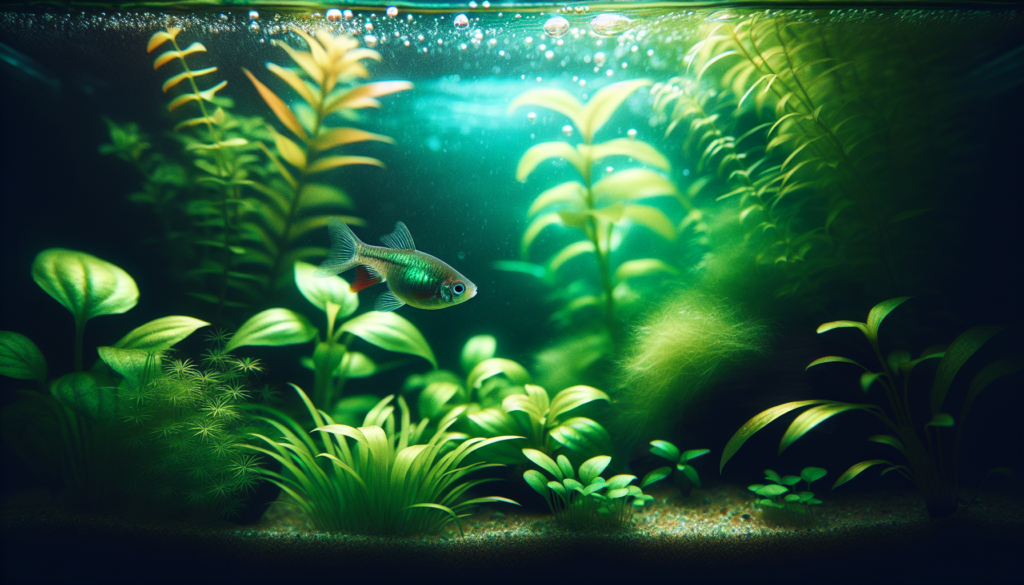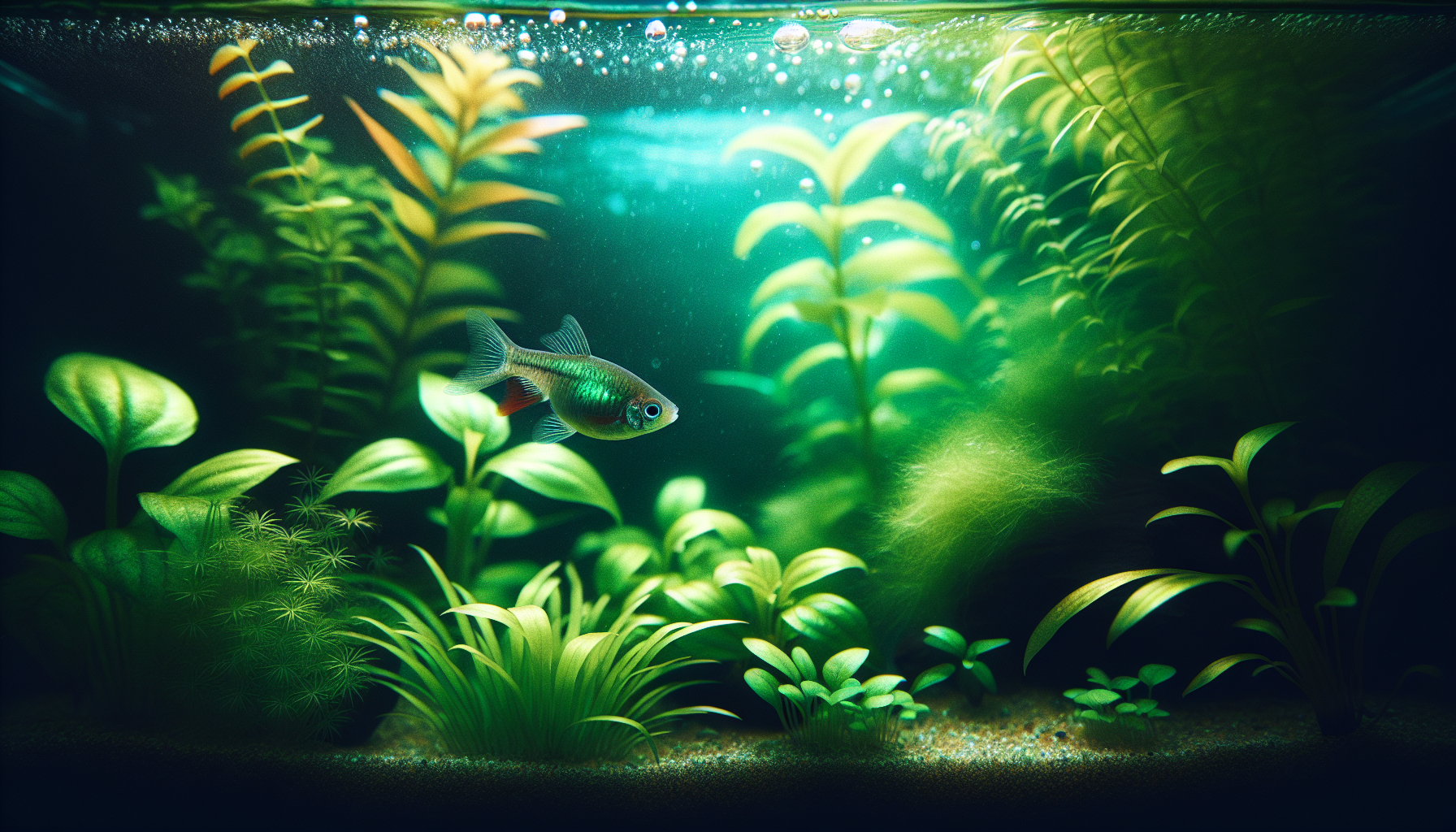Are you a fish enthusiast looking to create an inviting and comfortable environment for your platies? If so, you may be wondering: how many platies can comfortably thrive in a 10-gallon tank? Well, fret not my aquatic-loving friend, because in this article, we will unravel the secrets behind determining the ideal number of these vibrant and playful creatures for your compact aquatic haven. Get ready to dive into a world where the perfect balance between space, companionship, and habitat is unveiled, ensuring a delightful and harmonious home for your beloved platies.
Determining the Ideal Number of Platies for a 10 Gallon Tank
When it comes to setting up a new aquarium, determining the ideal number of fish for your tank can be a crucial decision. In the case of platies, a popular and beautiful freshwater fish, it is important to consider their specific needs and the available space in your tank. This comprehensive guide will walk you through the factors to consider when determining the ideal number of platies for a 10-gallon tank.

Understanding the Needs of Platies
Before diving into the specifics of determining the ideal number of platies, it is essential to understand their needs as aquarium inhabitants. Platies are known to be peaceful and active fish that thrive in community tanks. They require a well-maintained, spacious environment to ensure their health and happiness.
Platies are a freshwater fish species native to Central America. They are hardy and adaptable, making them suitable for beginners and experienced hobbyists alike. These colorful fish are known for their vibrant patterns and striking fin shapes, adding an eye-catching element to any tank.
Considering the Tank Size
When it comes to determining the ideal number of platies for a 10-gallon tank, tank size becomes a critical factor. While platies are relatively small fish, their active nature and need for swimming space necessitate a larger tank. A cramped environment can lead to stress and potential health issues.
A 10-gallon tank is generally considered the minimum size suitable for a small school of platies. However, it is important to note that more space is always better. If possible, opting for a larger tank, such as a 20-gallon or 30-gallon, will provide a more comfortable and enjoyable habitat for your platies.
Factors to Consider
Several factors come into play when determining the ideal number of platies for your 10-gallon tank. These factors include the individual space requirements of each fish, their compatibility with other tank mates, and the breeding considerations if you plan on breeding your platies.
Considering these factors will help ensure the overall well-being of your platies and create a harmonious aquatic ecosystem in your tank.
Minimum Number of Platies
Platies are social fish that thrive in groups. Therefore, it is generally recommended to maintain a minimum of three platies in your 10-gallon tank. This number allows for social interaction and minimizes stress levels among the fish.
Having just a single platy can lead to increased aggression and loneliness. A lonely fish may become lethargic, less active, or even develop health issues. By providing them with companions of their own species, you provide them with a stimulating and enriching environment.

Maximum Number of Platies
While you want to ensure that you have enough platies to maintain a social environment, it is crucial to also consider the constraints of your tank size. Overcrowding can lead to poor water quality, increased stress levels, and various health problems.
In a 10-gallon tank, it is generally recommended to avoid exceeding five or six platies. This number allows for a comfortable swimming space and reduces the risk of overcrowding and territorial disputes. Remember, it is vital to prioritize the health and well-being of your fish above all else.
Determining Compatibility
When adding platies to your 10-gallon tank, it is essential to consider their compatibility with other tank inhabitants. Platies are generally peaceful, community-oriented fish and can coexist with a wide range of fish species.
However, some tankmates may not be suitable due to their aggression or specific environmental requirements. It is crucial to research and select fish species that are known to be compatible with platies, ensuring a peaceful and harmonious community.
Breeding Considerations
Platies are prolific breeders, and if you are interested in breeding these beautiful fish, it is important to consider the implications for your tank population. While breeding can be a fascinating and rewarding experience, it can also lead to rapid population growth and potential overcrowding.
If you plan on breeding platies, it is beneficial to separate the pregnant females into a separate breeding tank or provide ample vegetation or hiding spots in your main tank for newborn fry to take refuge. This will help control the population and avoid overwhelming the limited space in your 10-gallon tank.
Additional Tank Inhabitants
In addition to platies, you may want to consider adding compatible tank mates to create a diverse and interesting ecosystem. The choice of additional tank inhabitants largely depends on your personal preferences and the specific requirements of your platies.
Some suitable options for a 10-gallon tank include small tetras like neon tetras or ember tetras, peaceful dwarf gouramis, or bottom-dwelling catfish such as Corydoras. However, always research each species to ensure their compatibility and consider their space requirements to avoid overcrowding.
Managing Waste and Water Parameters
Managing waste and maintaining optimal water parameters are crucial for the health and well-being of your platies and other tank inhabitants. In a 10-gallon tank, waste can accumulate quickly, leading to poor water quality and potential health issues.
Regular water changes, proper filtration, and a balanced feeding schedule are essential for maintaining a healthy aquatic environment. Testing water parameters regularly and ensuring they fall within the suitable range for platies will help prevent stress and promote the overall health of your fish.
Conclusion
Determining the ideal number of platies for your 10-gallon tank involves considering the needs of these lively fish, the available space, and the compatibility with other tank inhabitants. While a minimum of three platies is recommended, it is important to avoid overcrowding and maintain a balanced ecosystem.
By providing a well-maintained and spacious environment, managing waste effectively, and considering breeding and compatibility factors, you can create a vibrant and thriving aquarium for your platies. Remember, the well-being and happiness of your fish should always be the top priority – it’s your responsibility as a fish keeper to provide them with the best possible environment in which to flourish.
